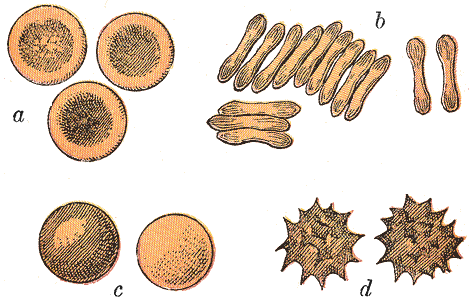There is a particularly profound claim that Hull makes concerning organisms, which is that genes control the ontogeny of an organism. Although it is largely uncontroversial that Mendelian genetics shows us that some spatiotemporal principle is passed down from the parental generation to its offspring, I will address the view that genes are actually the principle underlying the ontogeny of a developmental system. Ontogeny, otherwise called morphogenesis, seeks to address how a member of a species actually comes to acquire its shape. If genes are considered to be a set of a string of DNA, then the ontogeny of an organism is implied by the unfolding of that DNA into a functional unit (protein), which subsequently informs the components of that organism precisely how a system within it will develop. A classic example of these phenomena is presented in embryogenesis, where the compartmentalization of segments such as the mesoderm is correlated with the activation of a gene circuit or particular concert of genes which encodes for that portion of the embryo. Aside from whether or not correlation does imply causation, the developmental systems view, as posited by characters such as Griffiths (1), directly contradicts genes as the causal factor for ontogenesis. As Hull apparently points out, the “unrestricted generalization” (2) of the scientific law underlying that of the gene ought to be reducible to the domain of physics and chemistry.
However, if an organism is an individual and genes are substituent, individual parts constituting the whole, then it should be the case that if genes are a necessary condition for the unfolding of such an ontogenic program, that all members across the spectrum of a species should fall under the same characteristics and/or phenotype. We can compare this to an example of a cue ball breaking a group of billiard balls; the entailing laws underlying the mechanics of the cue ball making contact with the preliminary grouping ought to produce the precisely same result in each instance. Clearly, this is not the case – a Pool player will tell you that not two breaks are the same. When analyzing the situation of ontogenesis, we can also see that from the realm of cellular biology up to that of the whole, functioning organism that no two members are precisely the same, either. One need only to look at n-number of Homo sapiens to see there is an endless diversity in – say – the ideas we generate about the apparent external world around us.
To address this, I claim that genes are not autonomous entities. By this, I mean that they cannot be individuals simply for the reason that they rely on the existence of the cell membrane. When one says that genes are not autonomous is to say that the dynamics underlying the conception of a distinctly unique member of a species transcend the boundaries of a naïve unfolding of some program which gives rise to the living unity of the organism. Although I do not pretend to claim that genes as entities denoted by DNA are actually passed down from parents to offspring, to say that some set of physico-chemical equations imply some structure of an organism coming to be discounts an entirely counter-intuitive nature of genic evolution. Consider the case of a red blood cell. It is quite common knowledge that the red blood cell is un-nucleated, which means that DNA will not be present within that biological structure. As a result, neither will genes (I suppose that DNA encodes genes). However, what we do observe is that the factor giving rise to red blood cells is passed down (parents and their children both have blood). It seems that the genic selectionists have some explaining to do with respect to this type of gene-independent ontogenesis. Although considering genes as individuals may be categorically useful, it certainly does not give us a complete account of the strange phenomena such as that presented by the red blood cell.
REFERENCES
1. Griffiths, PE. Gray, RD. (1994). Developmental Systems Theory and Evolutionary Explanation. J Phil. 91(6): 277-304.
2. Hull, DL. (1978). A Matter of Individuality. Phil Sci. 45(3): 335-360.

No comments:
Post a Comment